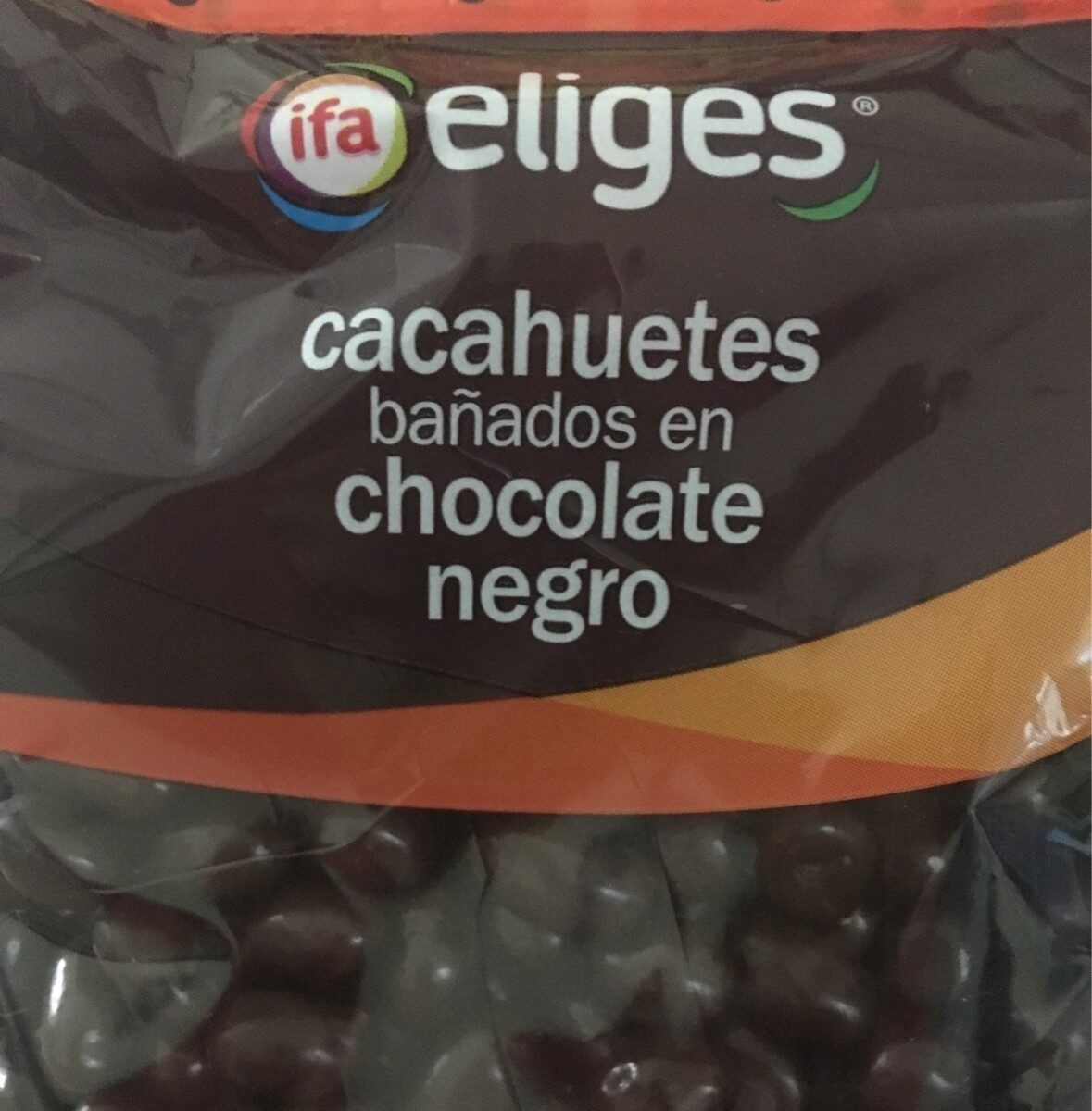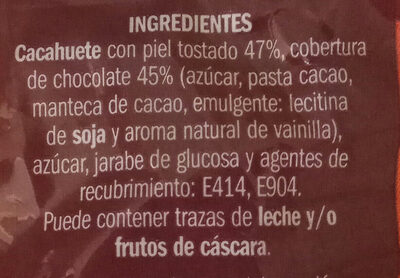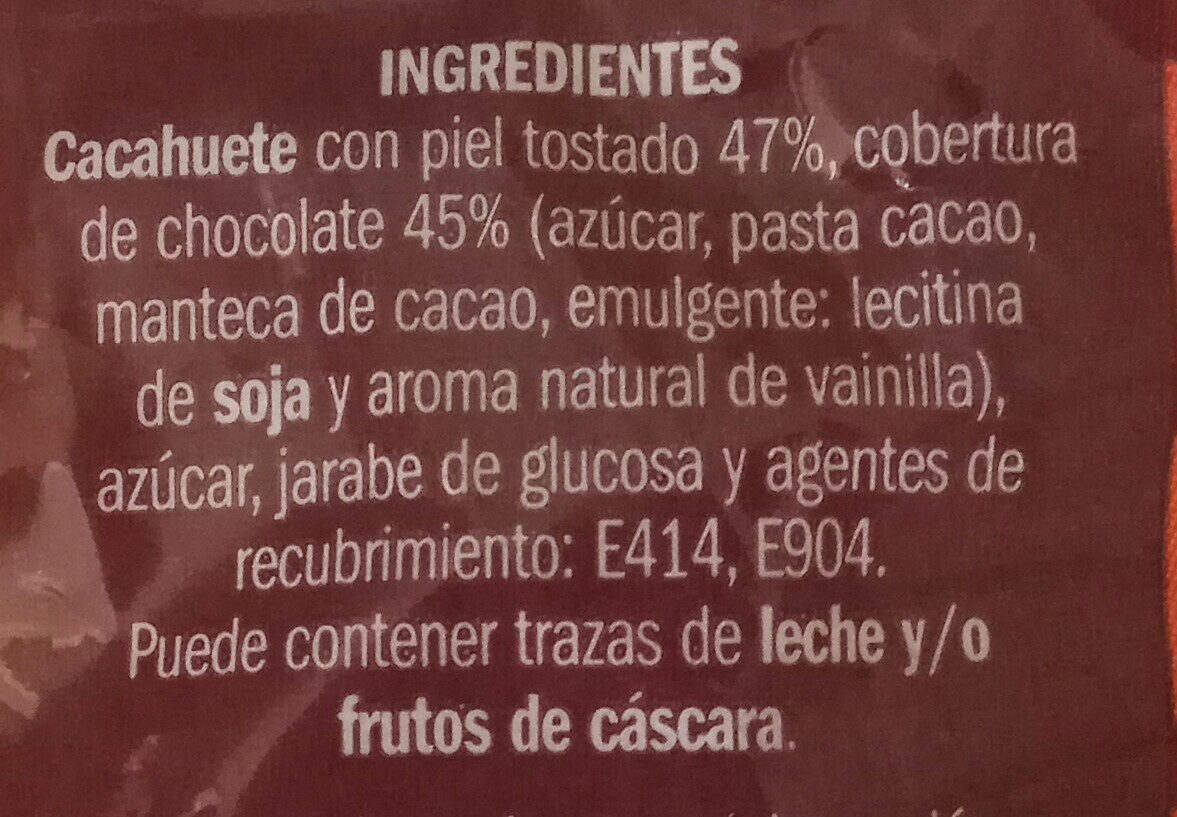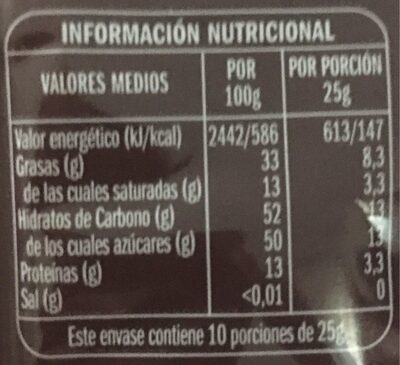Cacahuetes bañados en chocolate negro - Eliges - 250 g
Aquesta pàgina del producte no està completa. Podeu ajudar a completar-la editant-la i afegint-hi més dades a partir de les fotos ja disponibles, o fent-ne més amb l'aplicació de androide o iPhone / iPad. Gràcies!
×
Codi de barres: 8480012026205 (EAN / EAN-13)
Quantitat: 250 g
Empaquetament: Plàstic
Marques: Eliges
Etiquetes, certificacions, premis: Vegetarià, Vegà
Països on es va vendre: Espanya
Matching with your preferences
Entorn
Empaquetament
Transport
Report a problem
Fonts de dades
Producte afegit per kiliweb
Última modificació de la pàgina del producte per packbot.
La pàgina del producte, també editada per bambu, openfoodfacts-contributors, roboto-app, yuka.V0lBQU1vc2hvdGdEbjhFeXB3N3QrOUJZOW82dmIxN21DOUk4SUE9PQ, yuka.sY2b0xO6T85zoF3NwEKvlk98c8H_vzz5FSfQt0qPyNm2B7KybN1OwJfxCas.
Si les dades són incorrectes o incompletes, pot completar o corregir editant aquesta pàgina.








